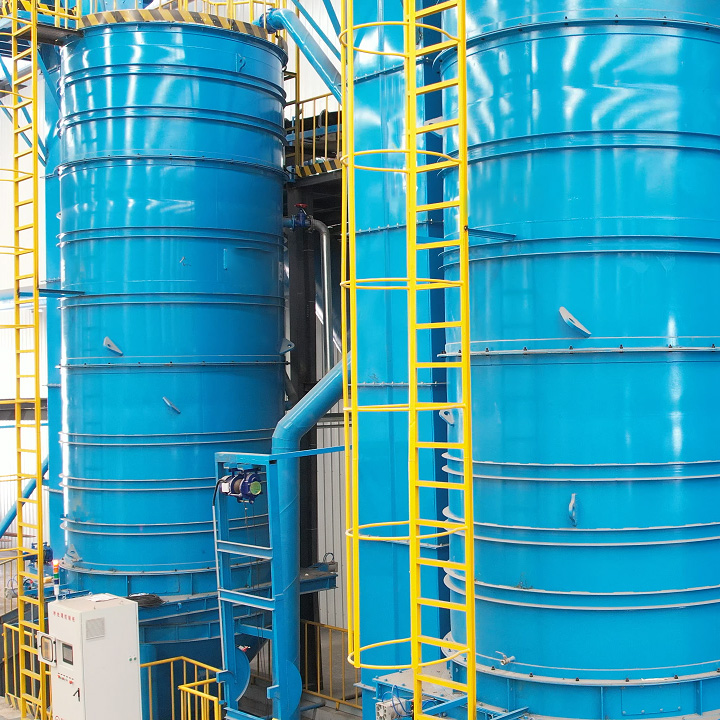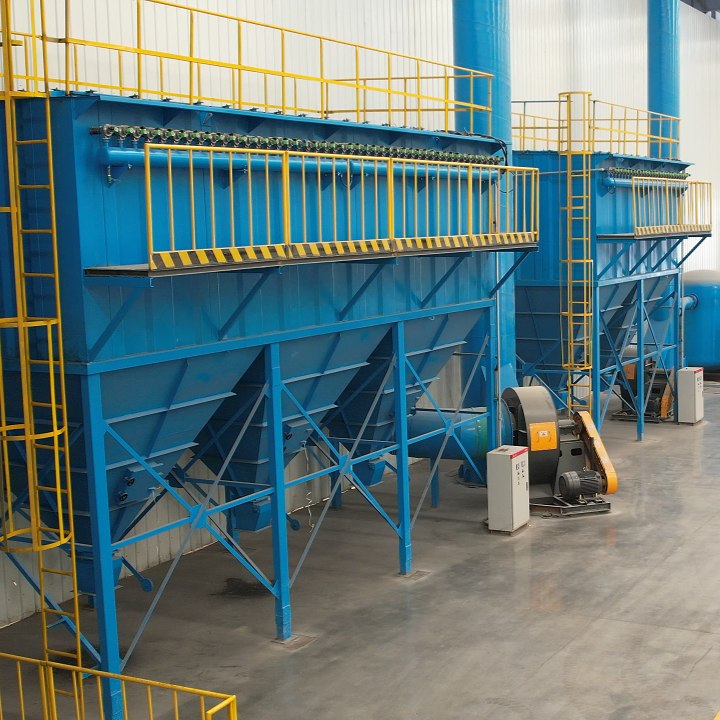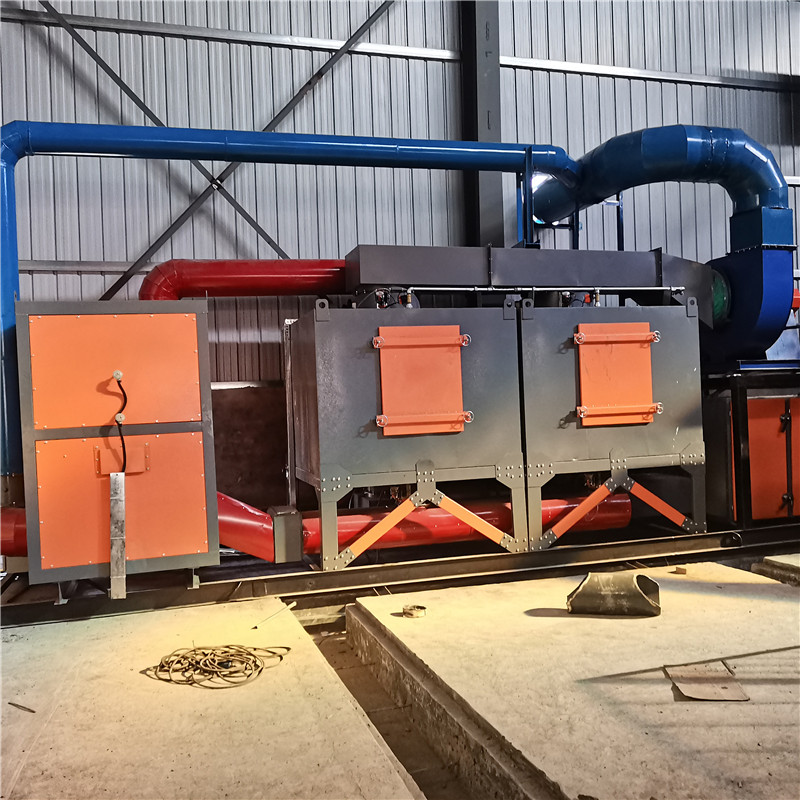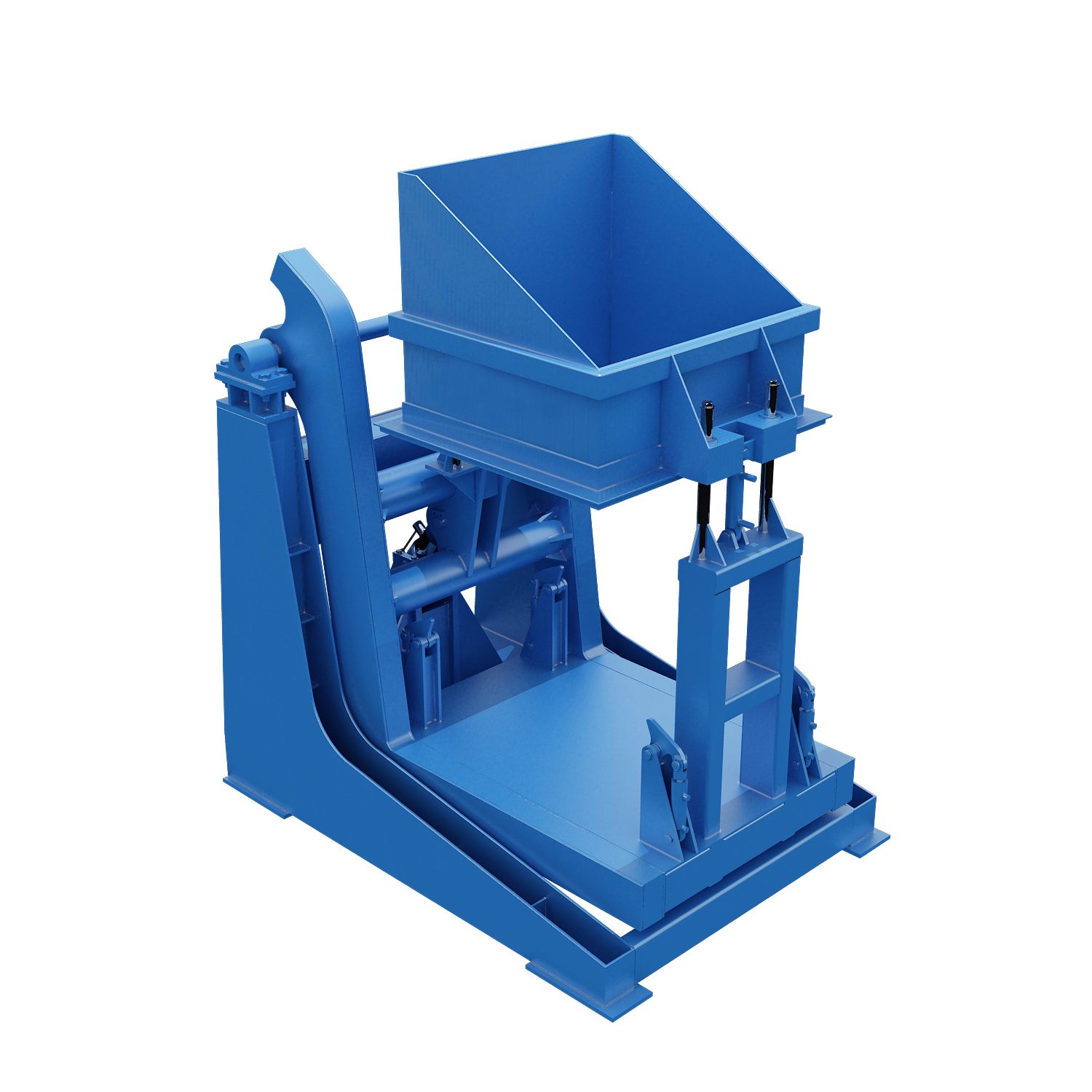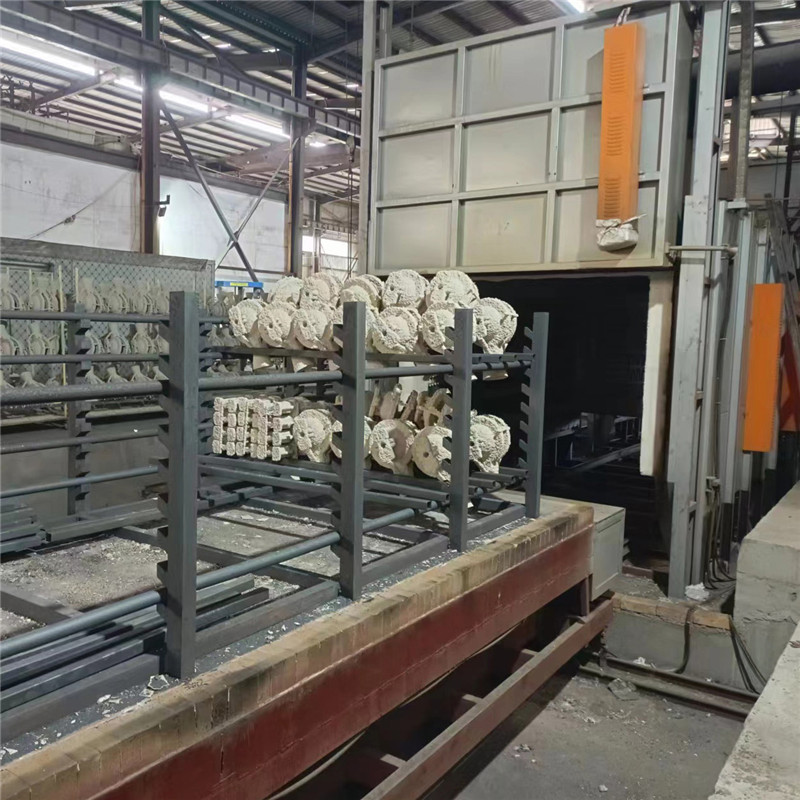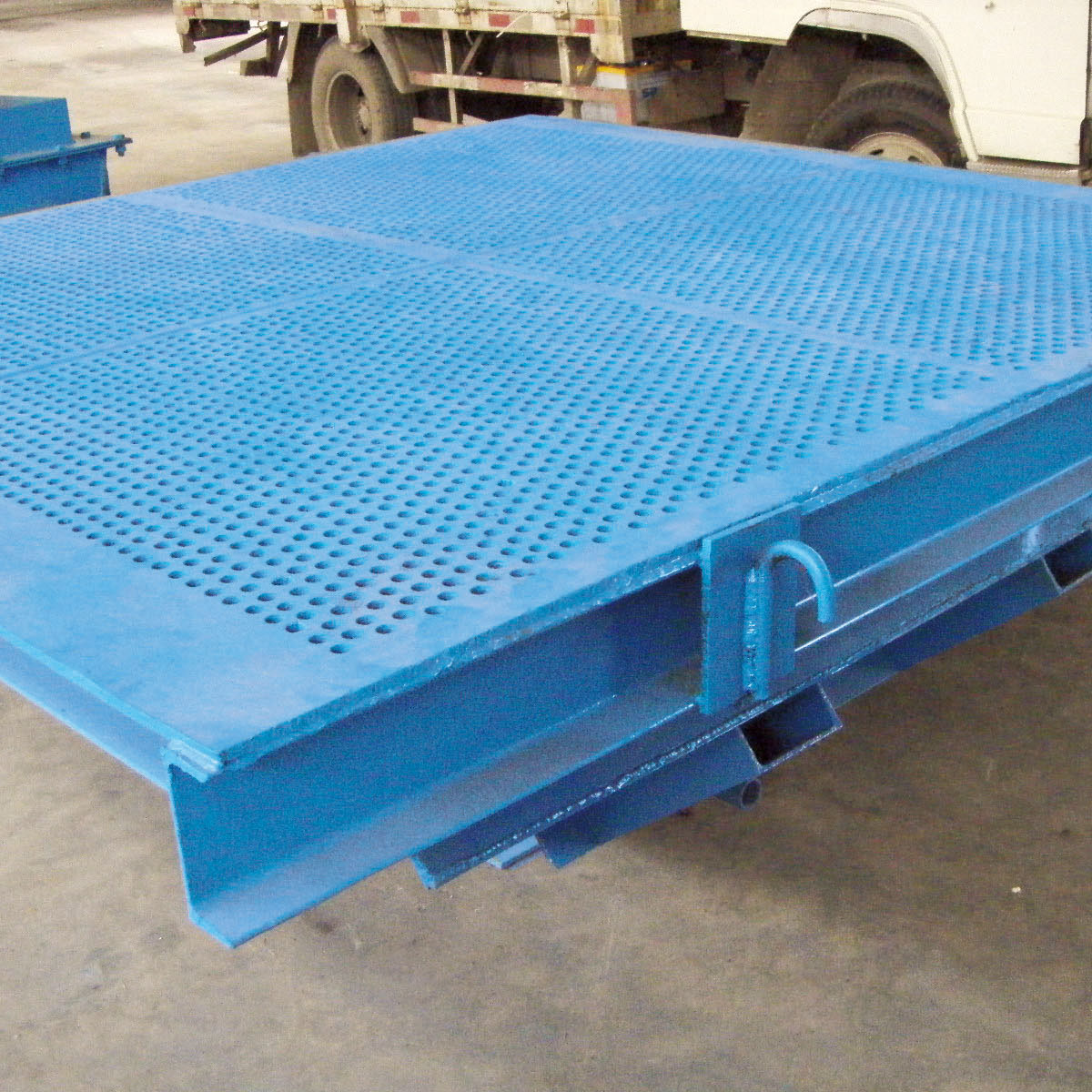The water cooling and sand shakeout machine
description2
product display
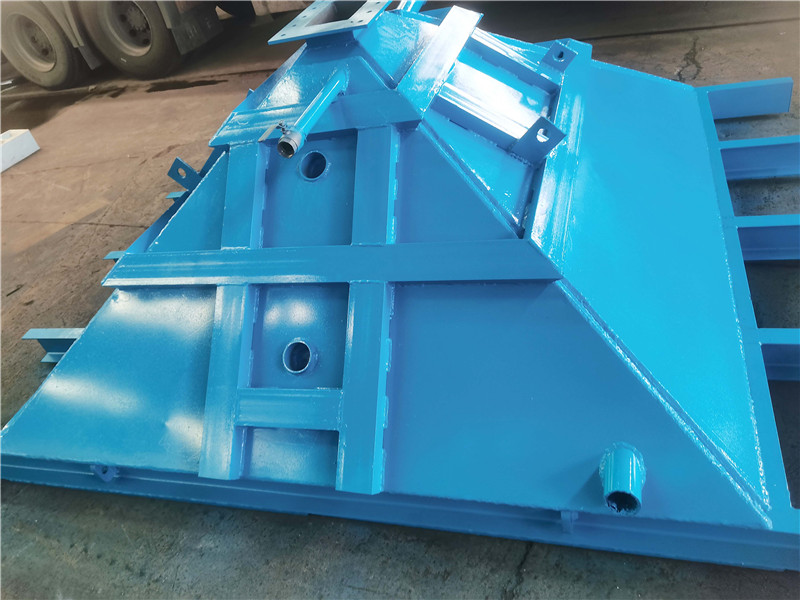
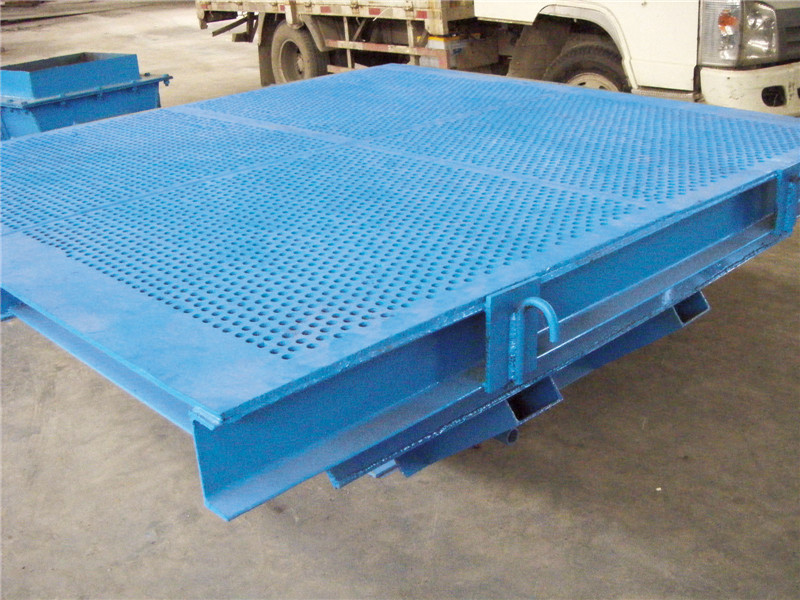
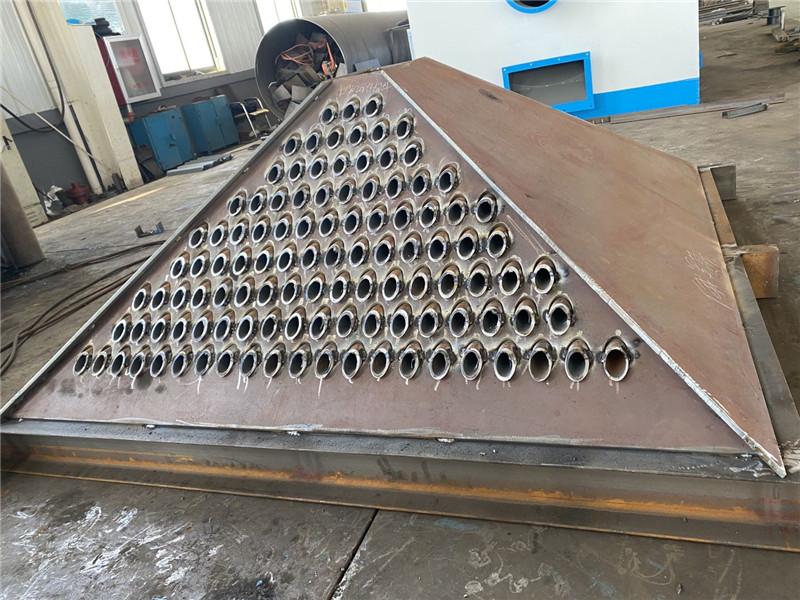
Main technical parameters
- The main frame of the sand drop tank (including the combination of reinforcing bars);
- Overall dimensions: 1920×2100×800/2500×2274×1000;
- Sand screen board: sand hole φ 16mm, plate thickness 20mm.
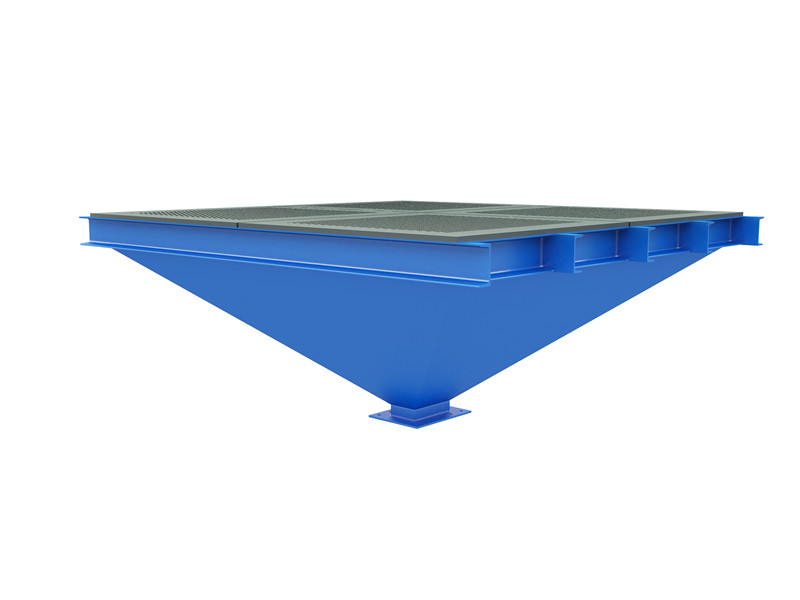

Product structure
This machine is an inverted cone shaped sand collection and cooling equipment, mainly composed of 1- main frame of sand remover, 2- outlet pipe, 3- water jacket sealing plate, 4- reinforcing rib combination, 5- water cooling unit, 6- water inlet, and other parts.
The main structure of the water-cooled sand remover is composed of 18 # and 14 # channel steel, with an internal water-cooled unit composed of Φ32 seamless steel pipes. The water-cooled sand remover is installed at the lower part of the casting separator, and is connected to a temperature controlled sand remover below.
Main functions and advantages
Sand collection: This device mainly functions as a sand collection device. After flipping the box, the casting can be separated from the sand, and the sand will fall and collect at a falling point, facilitating subsequent sand processing.
Cooling of molding sand: After flipping the box, the casting can be separated from the sand, and the sand enters the parallel and staggered sand drop positions of seamless steel pipes for cooling, allowing the sand that has just flipped the box to quickly cool down.
One of the key advantages of the water-cooled shakeout device is its ability to rapidly cool the molding sand, which significantly reduces the overall shakeout cycle time. This not only increases the throughput of castings but also minimizes downtime, ultimately leading to enhanced productivity and cost savings for foundries.





